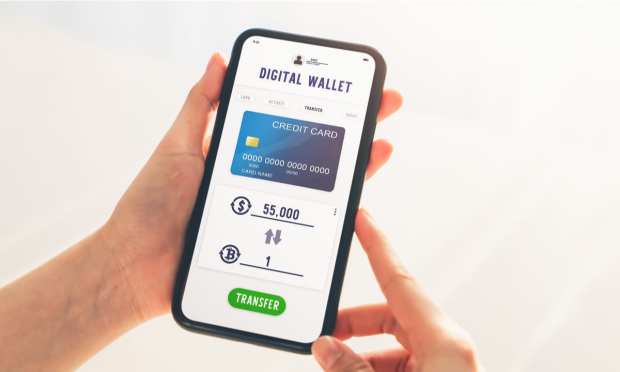Digital Wallets To Get A Boost From Interchange Fee Reduction

A delay is in place, but once it happens, the revamped interchange fees set by Visa may go a long way toward creating a new wave for digital commerce, where payments are increasingly done via digital wallets.
To recap: Interchange fees are set by the payments networks — Visa among them — and are the fees merchants pay to card-issuing banks when customers pay with credit and debit cards to transact (and in the most basic explanation, the issuing bank collects the interchange from the acquiring bank).
In terms of mechanics, the interchange fee is calculated as a percentage of the sales price of a good or service, plus a fixed amount.
Those interchange fees are updated, usually a few times a year. And generally, they trend upward. But with the economic tumult wrought by the pandemic, the newest round of revisions has been pushed out to April 2022.
Within the scores of payment categories, there remains an interchange fee reduction on secure network tokenized transactions. J.P. Morgan said in a recent note that the 10-basis-point reduction may not shake out to a true reduction of that amount because rates for non-tokenized transactions will increase. Depending on the merchant, the vertical and the payment mix, the impact of interchange fees on the bottom line might vary.
But, per J.P. Morgan, “merchants that do not take advantage of the digital wallet incentive will undoubtedly be leaving money on the table.”
In other words: 10 basis points may seem like a small step for eCommerce, but it may represent a giant leap for digital wallets.
This as merchants revamp and re-evaluate their digital strategies, they will also be looking for new ways to save money, and thus will seeks ways to incentivize consumers to use their digital wallets when they pay.
The lure of tokenization and of digital wallets should extend well beyond just margin considerations. As of March, Visa had issued its 2 billionth token since the launch of Visa Token Service in 2014.
In an interview with PYMNTS’ Karen Webster, Ansar Ansari, then-senior vice president of Product and Digital Solutions, and Alan Johnson, then-vice president of Product and Digital Solutions at Visa, said the long-term goal is to extend securing consumer credentials beyond Visa cards. Merchants have seen their conversion rates improve on average by 3.2 percentage points — and some have seen gains of about 6 to 7 percentage points.
That’s because at the most basic level, a simpler verification experience leads to higher buyer conversions, fewer false positives and a more streamlined checkout process.
Visa’s goals are twofold for tokenization, Ansari said: “to make sure that we secure credentials, and to ensure that the consumer experience is as good as it can get.”
As he noted in that interview, for a hypothetical eTailer that did $100 billion in annual sales, an incremental 1.5 percent increase in sales could represent a lift of $1.5 billion, simply by virtue of the higher authorization rates for transactions that leverage tokenized credentials on file.
